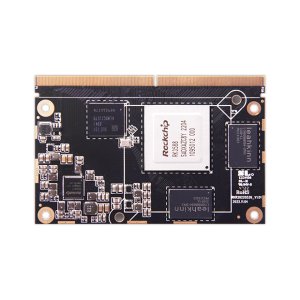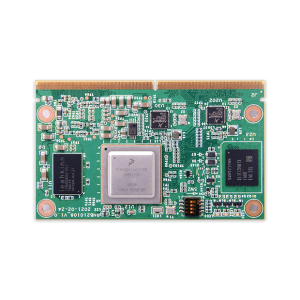What Is a Computer on Module (COM) and How It Benefits Embedded Systems
What Is a Computer on Module (COM) and How It Benefits Embedded Systems
Blog Article
Side research has emerged as a progressive development in the computer industry, permitting quicker information processing and paid off latency by getting computational energy nearer to where knowledge is created. An integral advancement advancing that change may be the increase of module computer which are small, successful, and adaptable processing units designed to integrate seamlessly in to personalized hardware systems.

The Position of Pc on Adventures in Edge Computing
Pc on Modules have grown to be vital in edge computing for their ability to streamline equipment style while sustaining powerful running capabilities. In accordance with a current report by MarketsandMarkets, the global side processing industry is expected to grow from $40.84 billion in 2021 to $132.11 billion by 2026, with COMs playing a significant position in that expansion.
These modules are especially impactful in industries requiring real-time data examination at the edge. As an example, the transportation market utilizes COMs in autonomous cars for real-time decision-making, while smart towns use them to control methods like traffic movement and power distribution.
Small and Versatile Design
Among the standout traits of Pc on Modules is their lightweight and modular design. This enables developers to combine high-performance processing power in to edge devices without the necessity for extensive equipment redesign. A survey by IoT Analytics unearthed that 68% of companies employing IoT answers contemplate modular hardware like COMs important for fast implementation and scalability.
COMs also help tailor-made adjustments, creating them suited to a wide range of applications, from professional automation to healthcare. Their ability to conform to specific needs is just a driving power behind their use in side research systems.
Energy Efficiency and Efficiency
Edge computing devices frequently operate in conditions with restricted power resources. COMs handle this problem by providing optimized energy performance without reducing on computational strength. A examine by Allied Market Research outlined that energy-efficient side research options are predicted to master the segment through 2030, positioning COMs as a vital aspect for achieving this goal.
Moreover, with breakthroughs in processors and incorporated artwork, COMs today produce the efficiency necessary for AI-driven programs at the edge. This not only promotes real-time functions but in addition decreases dependence on centralized cloud systems.
Why the Potential Goes to COMs
With international data generation projected to reach 175 zettabytes by 2025, side research is defined to be more important than ever. Pc on Modules offer an versatile, energy-efficient, and scalable alternative for processing this influx of data. Their relevance across diverse groups like healthcare, production, and telecommunications only underscores their essential position in shaping the future of edge computing.
COMs are no longer only a technical tendency; they're the backbone of next-generation side systems driving innovation and performance across the globe. Since the demand for edge research continues to grow, therefore can the importance and impact of COMs in that fast growing landscape. So, it's safe to state that Computer on Segments are here to remain and can carry on surrounding the ongoing future of edge computing.

Conclusion
Edge research is transforming the way in which we method and employ data, with Pc on Segments at the forefront of the revolution. Their lightweight style, usefulness, power performance, and efficiency make sure they are a perfect answer for handling real-time data at the edge. As industries significantly rely on side processing for his or her operations, COMs can enjoy an essential position in driving advancement and effectiveness in these systems. Report this page